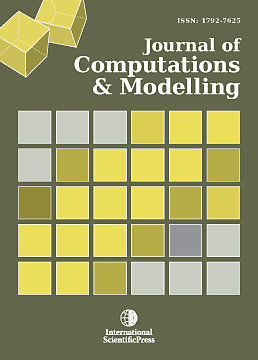Abstract
The use of stealth technology in the design of military aircraft is widespread nowadays, playing a crucial role in military affairs. The research on technologies that would help counter stealth threats has also drawn considerable attention. Passive radar systems have been coined as an anti-stealth technology. These systems exploit existing radio emissions, such as FM, TV and cellular telephony signals, trying to detect echoes which would indicate the potential presence of a flying target. Taking into account that most stealth aircraft have been optimised for higher frequency bands (where most fire control radars operate), as well as for monostatic type radars, trying to minimise specular reflection at their front sector, passive radars seem to be a viable approach, since they involve lower frequency bands and multistatic type scattering. Furthermore, passive radars cannot be detected, allowing for covert operation. On the other hand, the coverage of such systems is limited up to medium altitudes, since there is practically no broadcast at higher altitudes. The use of active, low frequency band radars, along with passive radars covering the lower tier, would provide an ideal combination against stealth threats. The purpose of this work is the presentation of passive radar systems and the study of a practical implementation of a passive radar concept based on low cost Software Defined Radio (SDR) technology.
Keywords: Passive radar, Passive Coherent Location, anti-stealth, Electronic Support Measures, Software Defined Radio, Doppler effect.
 [ Download ]
[ Download ]
